Restaurant SEO, Guide To Do SEO For Restaurant Websites
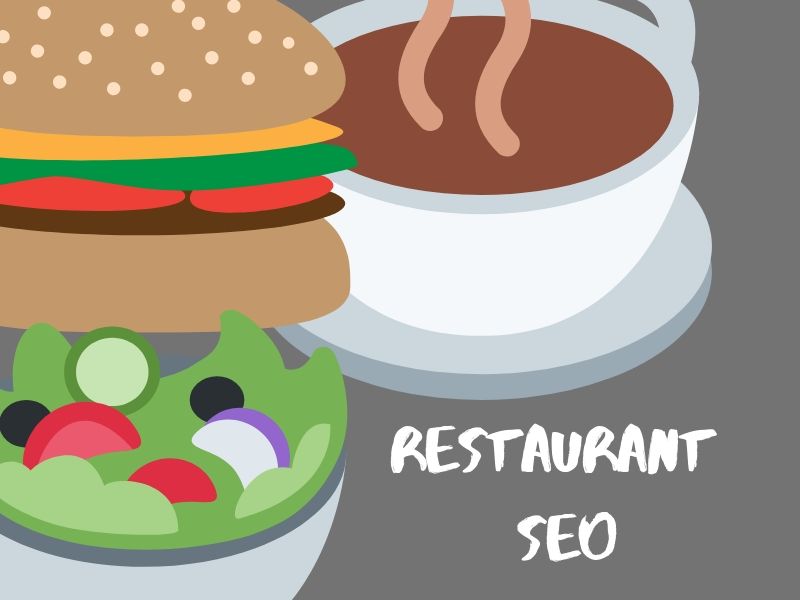
Restaurant SEO or Search Engine Optimization, is the process of optimizing your local restaurant website to rank higher on search engines such as Google and Bing with the aim of driving more organic traffic and sales.
Optimizing your restaurant website for SEO will not only help it rank higher, but will also help boost brand credibility and trustworthiness of your eatery business.
In this complete guide on how to do SEO for restaurants, You will learn everything you need to successfully rank your website #1 on Google.
Here are the 7 steps to optimize your website:
1. Claim And Optimize Google My Business (Local Packs)
Google gives local businesses priority when a user does a local search. Thus, it is absolutely important to claim and optimize Google My Business for your restaurant.
Google My Business (GMB) is a free and easy-to-use tool for businesses and organizations to manage their online presence across Google, including Search and Maps.
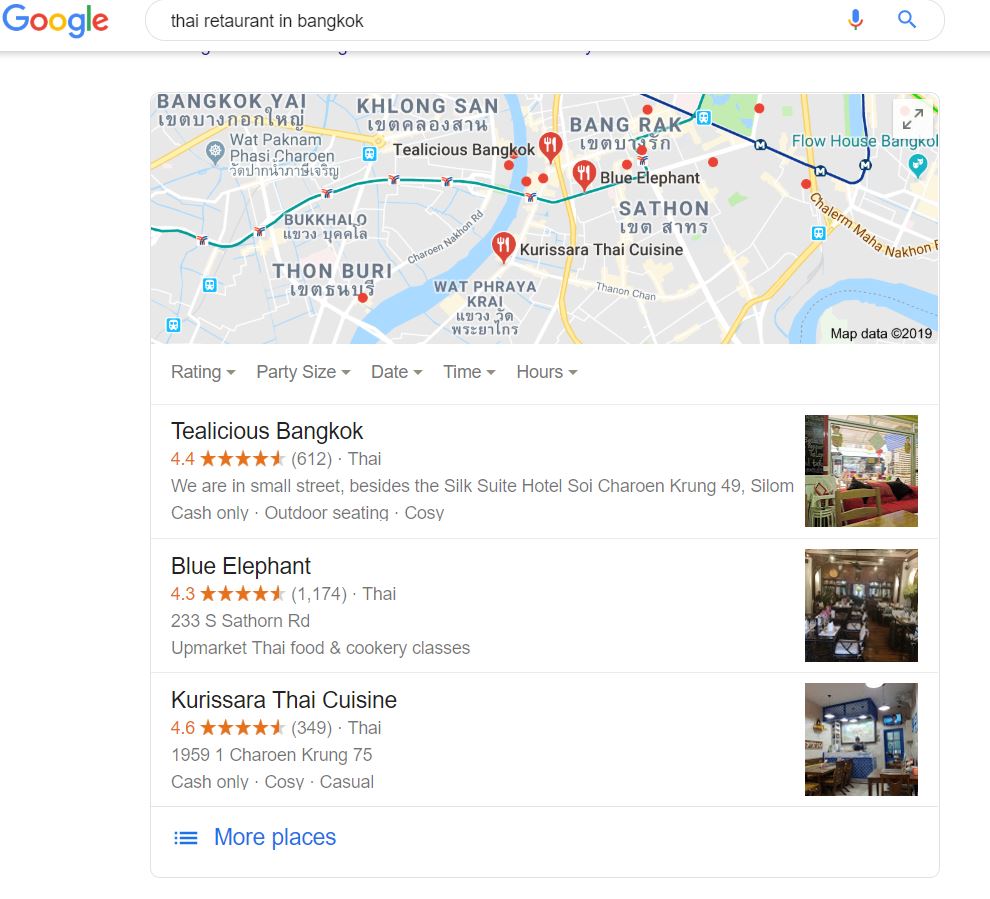
Steps To Optimize Your Restaurant GMB:
- Have your business as a keyword in your business name
- Fill in all the necessary business details such as about info, opening-closing hours, restaurant menus, etc.
- Add relevant images – interior and exterior of your restaurant
- Utilize Google posts feature
- Encourage customers to leave a review
- Add your restaurant website to local directories such as Yelp, Yellow Pages, Trip Advisor etc.
- Make sure to create consistent Name, Address, and Phone Number (NAP) when listing your site on third party references.
2. Find Profitable Keywords
Keyword research and analysis is the process of finding the right keywords for your website.
There are 3 types of keywords you need to plan for:
- Broad keywords – These are valuable terms that have high search volume such as “restaurant Atlanta”, “best dinner spot”, “pizza near me”
- Specific keywords – These are terms that are highly targeted to your business and usually have lesser search volume such as “Thai food near the beach”, “coffee shop with pets”
Make a list of all these keywords and filter out the ones that are most valuables for your business.
When planning for content for these keywords, don’t just go for the commercial keywords like “Restaurants near me” or “Restaurants in [your city name]”, you should also be targeting informative keywords that are relevant to your restaurant business to help capture maximum amount of traffic.
I recommend using the keyword research tools like Ahrefs, SEMRush and Ubersuggest to look for profitable keywords.
3. Create Unique Optimized Content
Once you have your keywords, it’s time to create unique, high-quality optimized content for for both search engines and users that follow all the on-page SEO best practices.
Write at least 500 words of unique content and add visual elements such as images, videos and infographic to make the content much more appealing. Make the site looks trustworthy.
When optimizing the content, make sure to put your main targeted keywords in the topmost position, preferably in the first paragraph or if you have an image banner with text in it, put it there. Sprinkle the main as well as various related words across your page. Repeat it for every page of your site.
Here’s an example
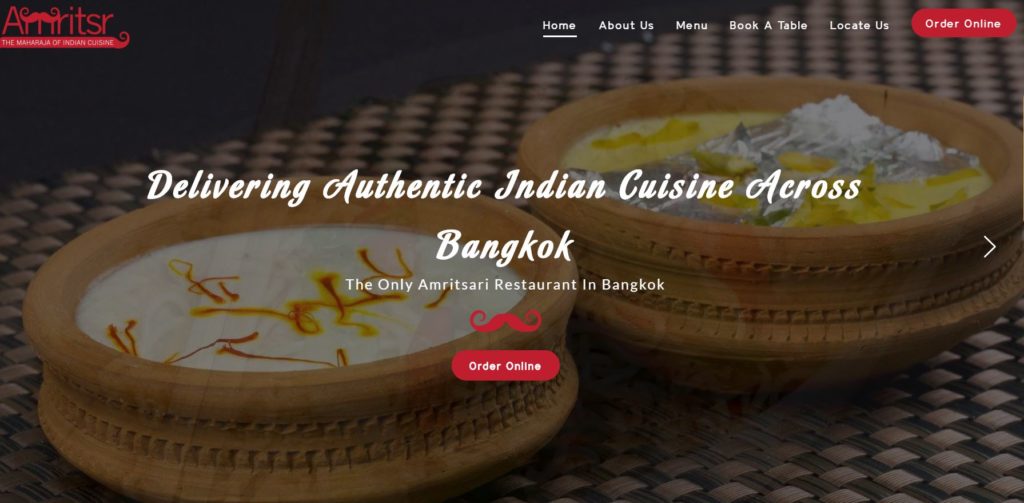
Other key elements to optimize for on-page SEO are:
- Title tag – Make sure it contains your main keywords, short and descriptive and clearly communicate about what your page is about
- Meta description – It should provide the summary of your page within 50-60 characters in length
- Heading tags – Such as H1, H2,H3, make sure they contain your keywords and look natural on the page.
- URLs – Include the targeted keyword
- Images – Use original images of your business such as restaurant’s interior, food menu, people enjoying at your restaurant etc.
Lastly, don’t forget to add internal links to other pages on your websites so users can navigate around clearly. This will also help Google bots understand the structure and how each content on your site is relevant to each other.
4. Technical SEO
Next step in restaurant SEO is to make sure that your website is technically-sound and optimized is crucial to both the users and search engine bots that crawl to collect your site’s information.
Things To Keep In Mind Are:
- Make sure you have a mobile-friendly website
- Make sure your site loads fast on mobile and desktop devices
- Ensure your website is SSL-secured
- Add relevant schema markup to help Google understand about who you are and what your business is about.
Use Google’s Mobile-Friendly Test tool to determine if your website is mobile-friendly. All you need to do is to type in your website URL and click on “ANALYZE”.
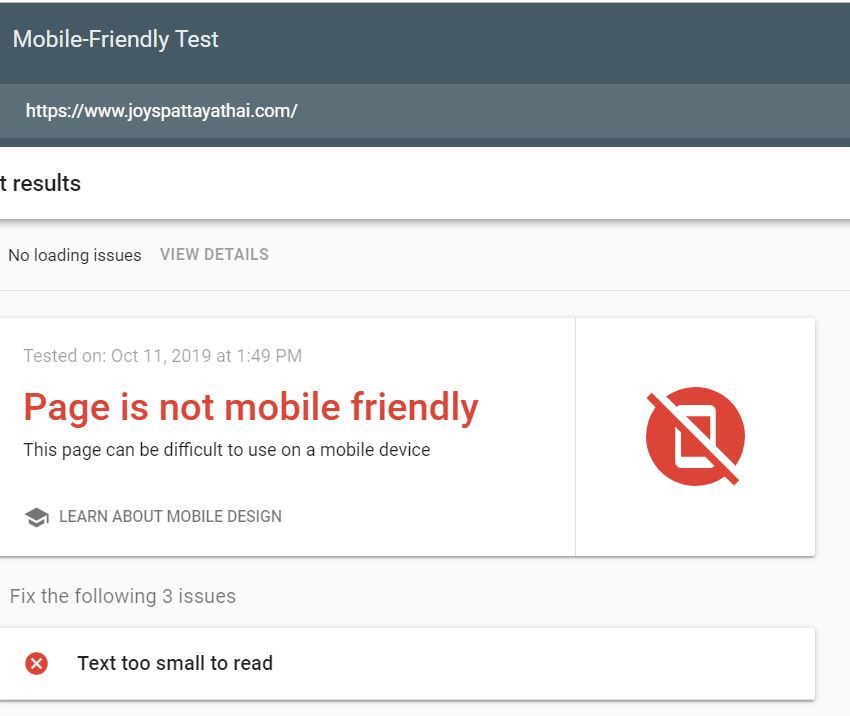
Schema markup is a form of micro-data that goes on your website that assists Google in understanding what your content is on a webpage. For example, adding information such as the type of food you serve, your hours of operation, and your contact information will help Google understands your content better.
The more optimized your structured data markup is, the more Google will reward you in driving traffic to your website.
5. Build High-Quality Backlinks
Backlinks are incoming links pointing at your website coming from external sources. They are considered as votes by search engines. The more you have, the higher you rank on the search results.
When building backlinks to your website, make sure they are coming from high-quality and relevant sources. Some of the top places to get backlinks for restaurant business are local chamber of commerce, niche relevant directories, local blogs and news sites, and guest posting on relevant websites.
You can also use the tools like Moz, SEMRush and Ahrefs to look at the backlink profiles of your competitors and reach out to them to see if they would be willing to link to your website.
6. Social Media And Brand Building
Building a brand for your restaurant is crucial to both business and SEO. Search engines like Google is known to use brand signals and social media to understand website’s authority and rank them high in the search results.
Things you can do leverage brand building is to:
- Create a Facebook and Instagram page for your restaurant
- Use social media ads to drive relevant traffic
- Post consistently throughout various social media platforms such as Facebook Instagram and Pinterest.
- Create a YouTube channel for your restaurant business
- Get interviewed by the local newspapers and authorities.
And that’s all for everything you need to know on how to do proper SEO for your restaurant. The goal is to be consistent in your effort as it takes time to rank higher on search engines.
7. Measure Performance
Last but not least on how to optimize your restaurant website to rank higher is to measure your SEO performance. When it comes to the overall performance, there are 3 key areas you need to look at:
- Rankings
- Overall site traffic
- Conversions
For your website’s performance on search engines, you can use their own built-in webmaster tools to check things such as the overall clicks, keyword impressions, and average position. For Google, the tool is called as Google Search Console while in Bing, it’s called as Bing Webmaster Tools.
For the site traffic and conversions, I recommend you use the tools such as Google Analytics to measure site traffic and conversion goals to analyze the overall trend. You can also use heatmap software like Hotjar and Microsoft Clarity to keep track of users’ interaction on the web page.

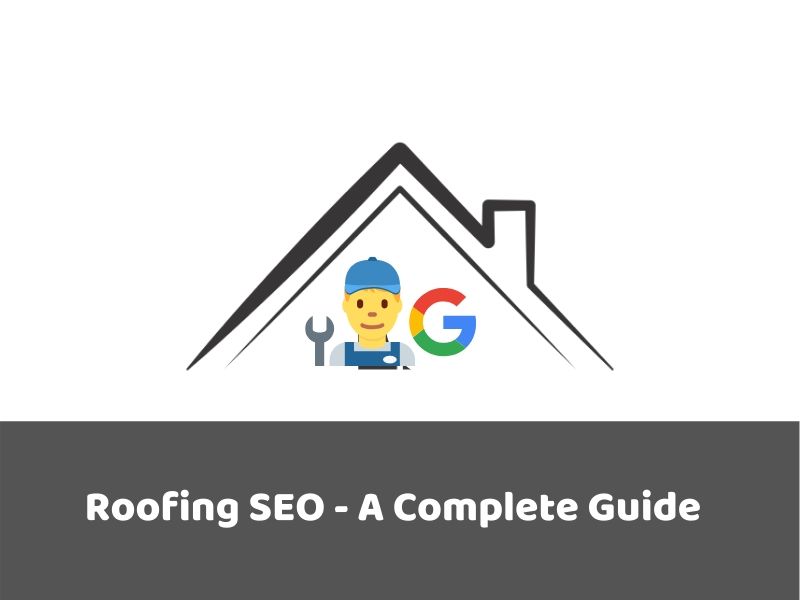
![The Ultimate SEO Guide For Beginners [2019 & Beyond]](https://techjackie.com/wp-content/uploads/2019/07/SEO-guide-for-beginners.jpg)
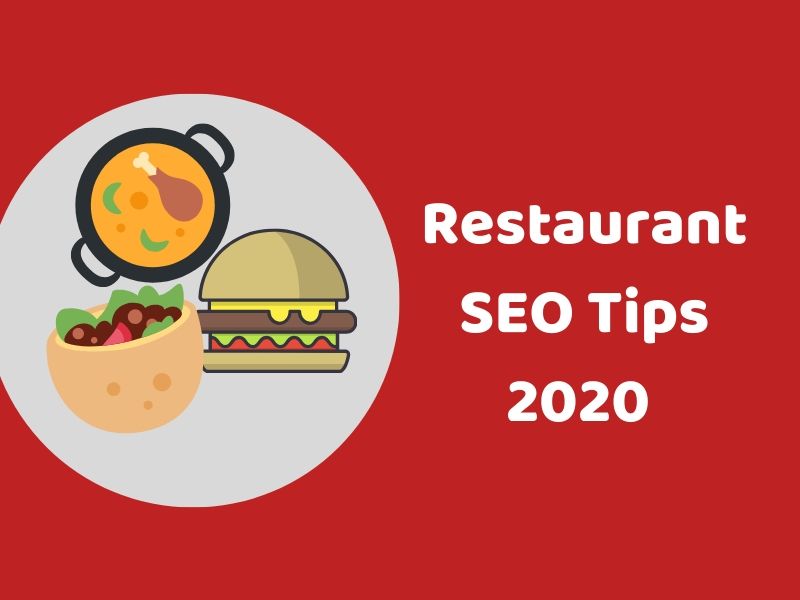
![How To Use Google Disavow Tool [Case Study + Guide]](https://techjackie.com/wp-content/uploads/2020/07/How-To-Use-Google-Disavow-Tool-Case-Study-Guide.jpg)

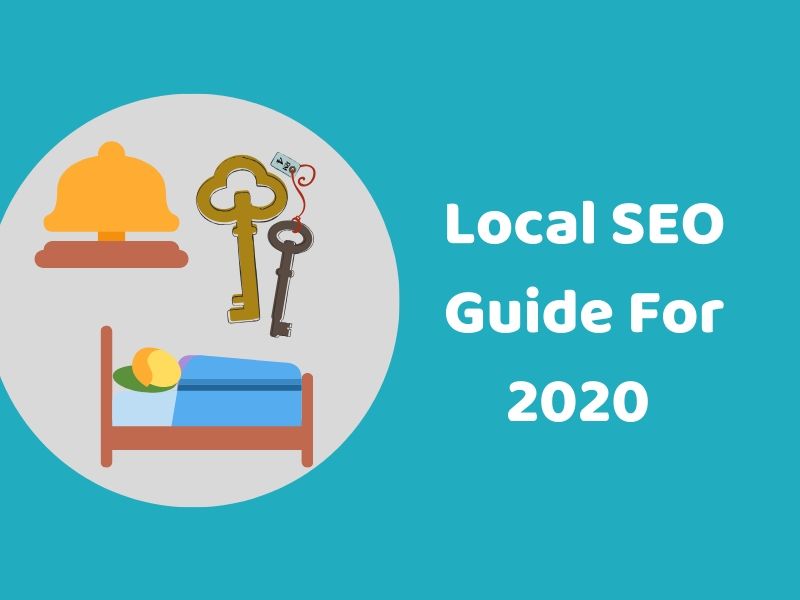
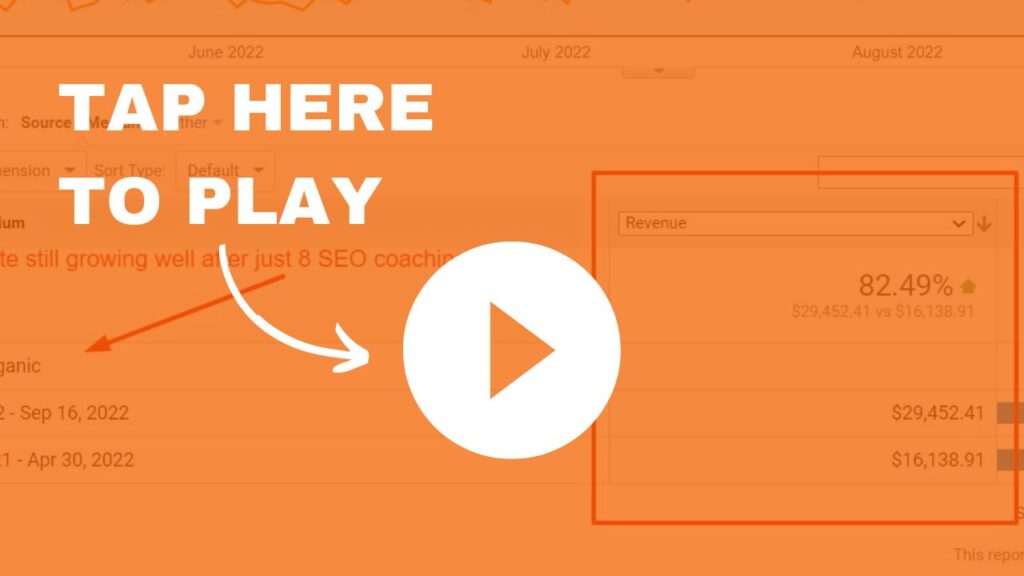
You’re welcome. Glad you like it 🙂